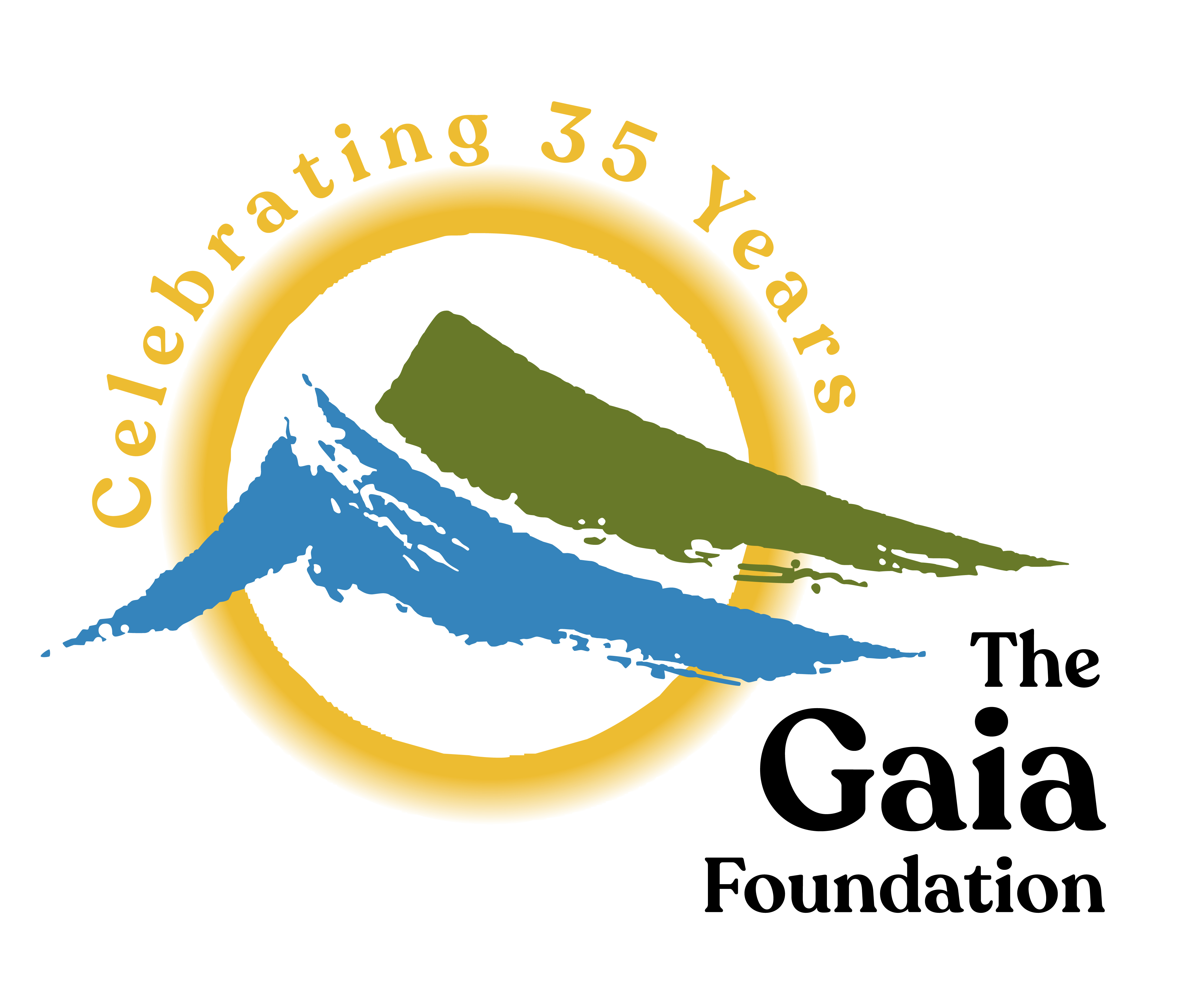This new article from Eye on the Arctic explores how a Skolt Saami-led project in Arctic Finland, supported by out partners the Snowchange Cooperative, is bringing together science and indigenous knowledge to re-wild the Näätämö River – one of Europe’s last remaining free running salmon rivers.
Read the article below.
Originally published by Eye on the Arctic. By Eilis Quinn. 11/02/2019
A successful Saami-led, salmon rewilding project on the Näätämö river in Arctic Finland illustrates the success of partnership between Indigenous knowledge and western science on environmental questions, say the authors of a recent paper, but outdated perceptions and prejudices means these kinds of partnerships elsewhere still too often fail.

Skolt Saami, along with Indigenous and local delegations from across Eurasia, surveying co-management actions and restoration sites in Arctic Finland, at the 2014 Festival of Northern Fishing Traditions . (Chris McNeave/Courtesy Snowchange Cooperative)
“(Scientists and policy makers) still struggle with ways of knowing that are beyond what science is able to capture,” said Tero Mustonen, a geographer and one of the paper’s authors, in a phone interview with Eye on the Arctic from Finland.
“The argument is often that Indigenous knowledge can’t be measured and reproduced like scientific data can, but the limits of science are also real,” he said, pointing out that a scientific presence most parts of the Arctic, outside of Russia, rarely goes back more than 100 years, compared to the thousands of years of knowledge available to traditional knowledge holders.
“That doesn’t mean science is invalid, but because of that, (the scientific community) has a very hard time stomaching what comes forward from Indigenous communities where their observations capture both the seen and the unseen in the landscape, the profound cycles of nature, and the way the complexities of Indigenous knowledge is contextualised and embedded in things like local languages and place names,” said Mustonen, also the president of Snowchange Cooperative, an NGO based in Finland and made up of a network of local groups and Indigenous peoples around the world, that also participated in the project.
“But if (a researcher) can stomach that, and if the relationship between the scientists and the community is good, very high quality science can happen.”
